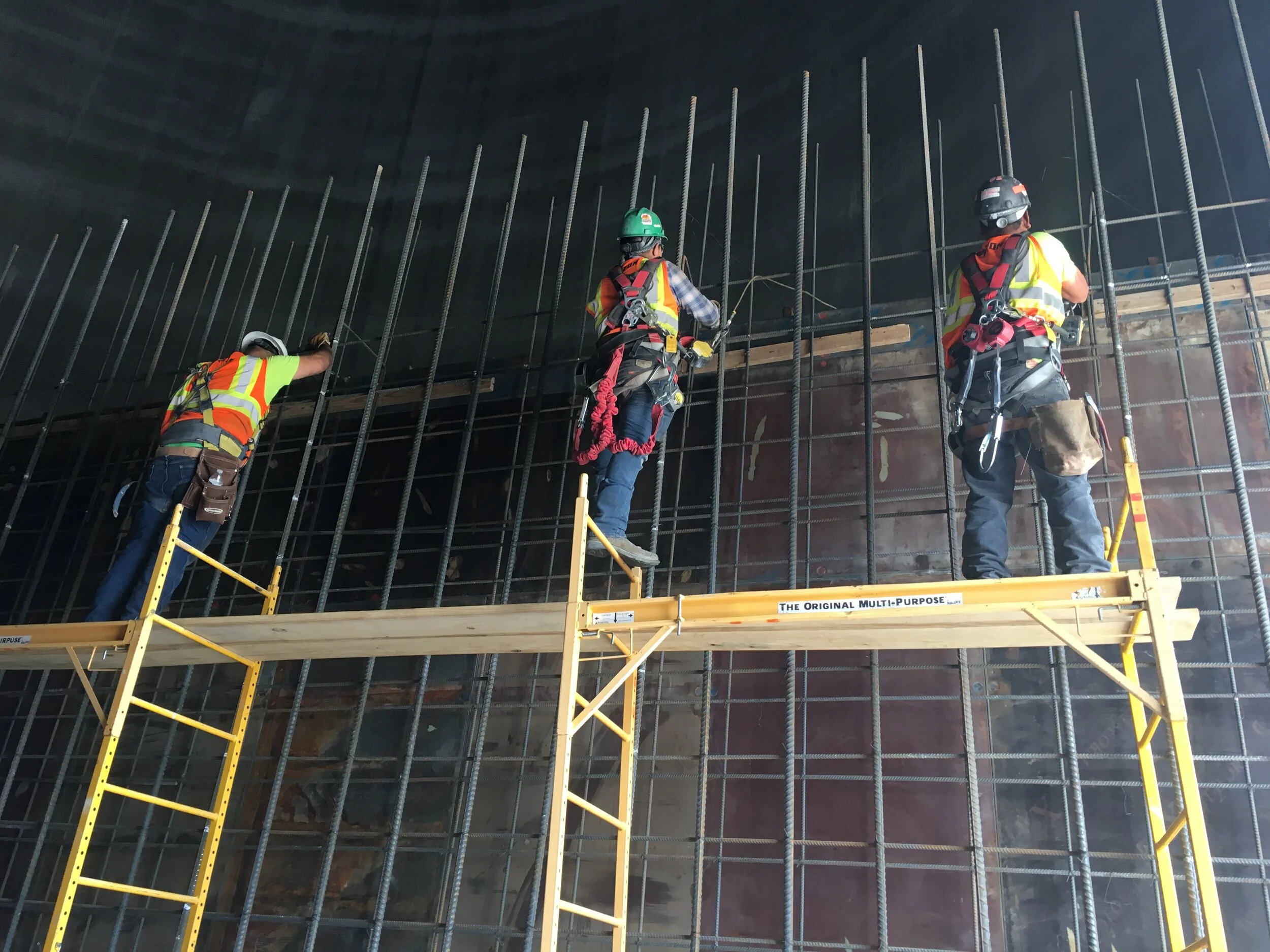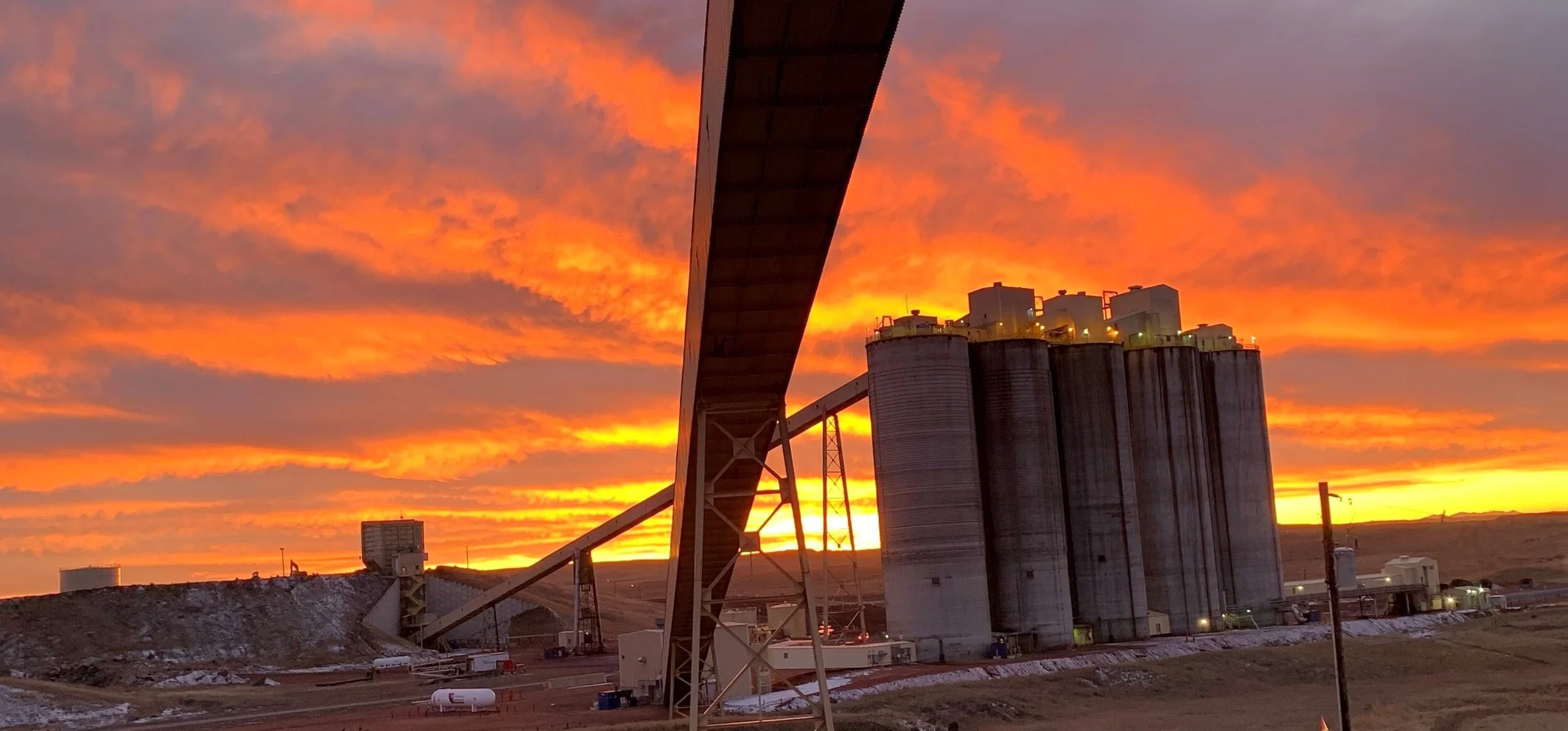Aeration is a critical practice in industries that handle finely ground, powdery substances such as cement, raw meal, and lime. By introducing air into silos, these materials can be fluidized to enhance their flow from storage spaces. However, this process requires careful consideration of various factors, including the slope of the silo bottom, the pressure of the aeration air, and the potential for material caking. Explore the intricacies of silo aeration, common challenges, and the importance of engineering analyses to ensure safe and efficient material reclaim.
Read MoreExplore the impact of aeration-assisted discharge in large cylindrical silos equipped with inverted conical hoppers, commonly used for storing fine dry powders like cement. These silos often suffer structural damage due to overstress from circumferential flexure and tension. The primary cause of this damage is identified as the formation of asymmetric flow channels at the silo wall, resulting from discharge openings’ proximity to the wall and aeration pressure.
Read MoreWhen silo walls are overstressed what are the options? This blog will explore best practice solutions for silo repair.
Read MoreMany blending and homogenizing silos are structurally deficient. Explore the most common challenges and solutions in silo engineering design from industry experts.
Read MoreDiscover best practices and current trends in silo design and repair. Explore the differences between blending and homogenizing silos, as well as tips to prevent errors in design.
Read More




